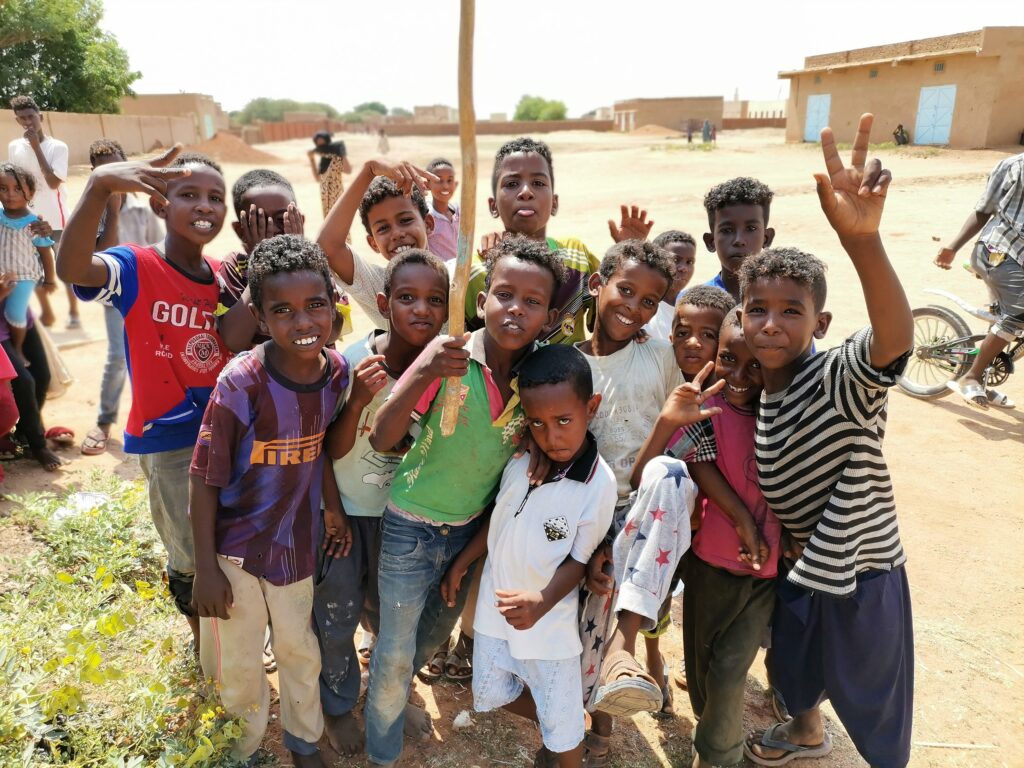Quick facts about Sudan:
- Sudan is the largest country in Africa by land area.
- The country is divided into North Sudan and South Sudan, with the latter gaining independence in 2011.
- Islam is the state religion in Sudan, with the majority of the population practicing Sunni Islam.
- Sudan’s economy heavily depends on oil exports.
- Sudan is undergoing a transition to civilian rule following the removal of President Omar al-Bashir in 2019.
1 Fact: The official language of Sudan is Arabic
Arabic takes the linguistic spotlight as the official language, reflecting the cultural and historical influences that shape the nation’s communication. With approximately 70% of the population conversant in Arabic, it serves as a unifying force among the country’s diverse ethnic groups.

2 Fact: Because of its size, Sudan has a varied climate
Sudan’s expansive size gives rise to a diverse climate. From the arid expanses of the Sahara Desert in the north to the tropical influences in the south, the country experiences a range of climates. Temperatures can soar in the desert regions, while the southern areas receive more rainfall, contributing to a mix of ecosystems and landscapes throughout Sudan.
3 Fact: The territory of Sudan is home to ancient civilizations and possibly mankind
Sudan’s territory boasts the footprints of ancient civilizations, potentially dating back to the dawn of humanity. Archaeological sites, such as the pyramids of Meroe and ancient Nubian kingdoms, reveal a rich history. The region’s significance lies not only in its historical depth but also in its potential connection to the earliest chapters of human civilization.

4 Fact: Sudan has more pyramids and a longer flowing Nile River than Egypt
There are more than 200 pyramids in Sudan, mostly in the Meroe region. About the length of the Nile in Sudan: the length of the river in the country is about 1,545 kilometers, while in Egypt it is about 1,100 kilometers.
Most famous pyramids located in the Meroe region. These Nubian pyramids date back to 4,600 years ago. Notably, they are smaller than their Egyptian counterparts, ranging from 20 to 30 meters in height. Unlike the Egyptian pyramids, Sudanese pyramids often feature steep angles and distinct decorative elements. The Meroe pyramids represent the ancient Nubian Kingdom’s burial sites, adding a unique chapter to Sudan’s archaeological heritage.
5 Fact: Sudan’s population is growing rapidly
Sudan is experiencing rapid population growth. With a current population estimated at over 45 million, the country has seen substantial demographic expansion in recent years. Factors such as high birth rates and improved healthcare contributing to increased life expectancy have contributed to this growth trend.

6 Fact: The country loves music and dancing
Sudan is a nation deeply passionate about music and dancing. Its rich cultural heritage is expressed through a vibrant tapestry of rhythms and movements. From traditional folk music that echoes through celebrations to modern genres reflecting contemporary influences, Sudanese music is a dynamic expression of the nation’s spirit. Dance, an integral part of social and cultural events, adds a lively and communal dimension to Sudan’s love for artistic expression, creating an atmosphere where rhythm and movement become a celebration of life.
7 Fact: The country suffered civil wars after independence
Sudan faced civil wars in the aftermath of its independence, a consequence of colonial-era border demarcations that often disregarded existing sectarian and economic ties within the region. Western colonial powers drew lines on maps without considering the complex social and economic structures that characterized the diverse communities in Sudan. This geopolitical legacy contributed to internal conflicts as different ethnic and religious groups found themselves within newly defined borders, sparking tensions that led to prolonged civil unrest and strife.

8 Fact: There are few paved roads in Sudan
Sudan faces challenges with road infrastructure, particularly in rural and less developed areas. Many roads are not paved, which can indeed pose difficulties, especially during the rainy season when unpaved roads may become impassable or challenging to navigate due to mud and flooding.
Note: If you plan to visit Sudan, make sure you need an International Driver’s License in Sudan to drive.
9 Fact: There are pristine areas of the Red Sea in Sudan that attract divers
Sudan’s Red Sea coast boasts pristine diving sites, with renowned spots like Sanganeb Atoll and Sha’ab Rumi. These areas offer clear waters and vibrant marine life, attracting divers to explore the Red Sea’s depths. Notably, the Umbria wreck is a highlight. With over 200 recorded coral species and diverse fish, Sudan’s relatively unexplored Red Sea provides a unique and less-crowded diving experience.

10 Fact: Sudan is home to many nationalities
Sudan is characterized by a diverse linguistic landscape. The country is home to approximately 597 ethnic groups, and these groups collectively speak over 400 different languages and dialects.

Published December 23, 2023 • 4m to read





